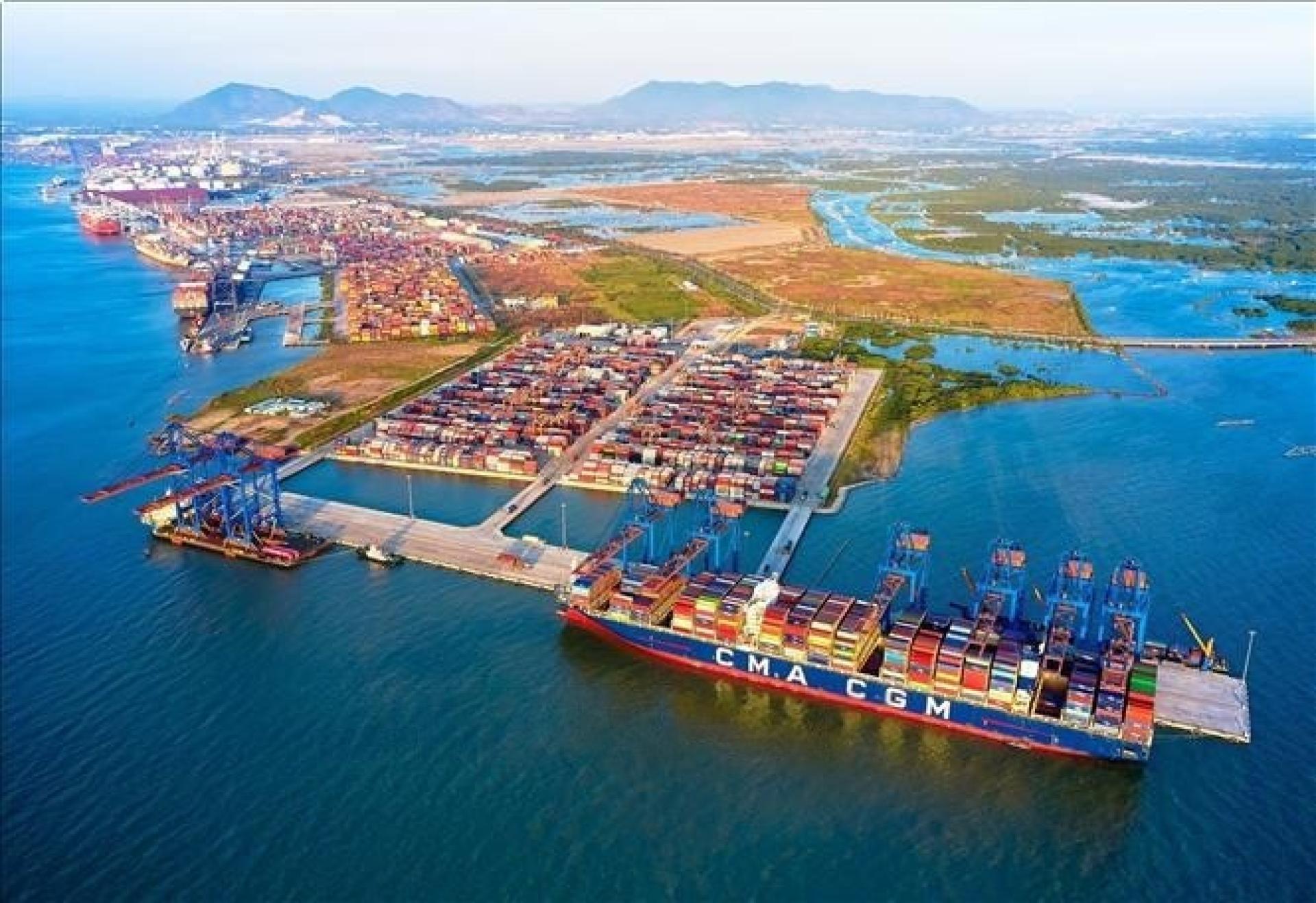(Hanoi, 1st) After meeting with Laotian President Thongloun Sisoulith at the Kremlin yesterday, Russian President Vladimir Putin announced that Russia has proposed opening a maritime route to Laos via Vietnamese ports, and is also exploring a railway corridor passing through Chinese territory, in order to further promote bilateral trade development between Russia and Laos.
According to a VNA correspondent in Moscow, this initiative comes at a time of significant growth in Russia-Laos trade. In 2024, the total volume of trade between the two countries grew by 66%, and in the first five months of 2025, it maintained a growth rate of about 20%. Once the new route is implemented, it will effectively enhance the efficiency and convenience of cargo flows between the two nations, further solidifying the foundation of Russia-Laos economic and trade cooperation.
Putin pointed out that the proposed new transport corridor aims to solve the problem of Laos being a landlocked country with bottlenecks in international shipping, while also enhancing Russia's economic and trade influence in the Indochina Peninsula region.
During the meeting, both sides also discussed several economic and trade topics in depth, including the application of nuclear technology in non-energy sectors. The Laotian side expressed a willingness to deepen cooperation with Russia in nuclear technology, agriculture, medical care, and other areas. Meanwhile, Russia showed keen interest in Laos' black and non-ferrous metal mineral mining, and is currently studying the feasibility of bauxite mining.
In addition, both sides signed multiple memoranda of cooperation, covering water resource management, educational cooperation, as well as the formulation of a roadmap for the peaceful use of nuclear energy for 2025–2026, reflecting the continuous expansion of bilateral cooperation into broader fields.
This high-level state visit once again consolidated the positioning of the "special strategic partnership" between Russia and Laos, and also reflects Russia's increasingly active economic and geopolitical engagement in the Southeast Asian region.
